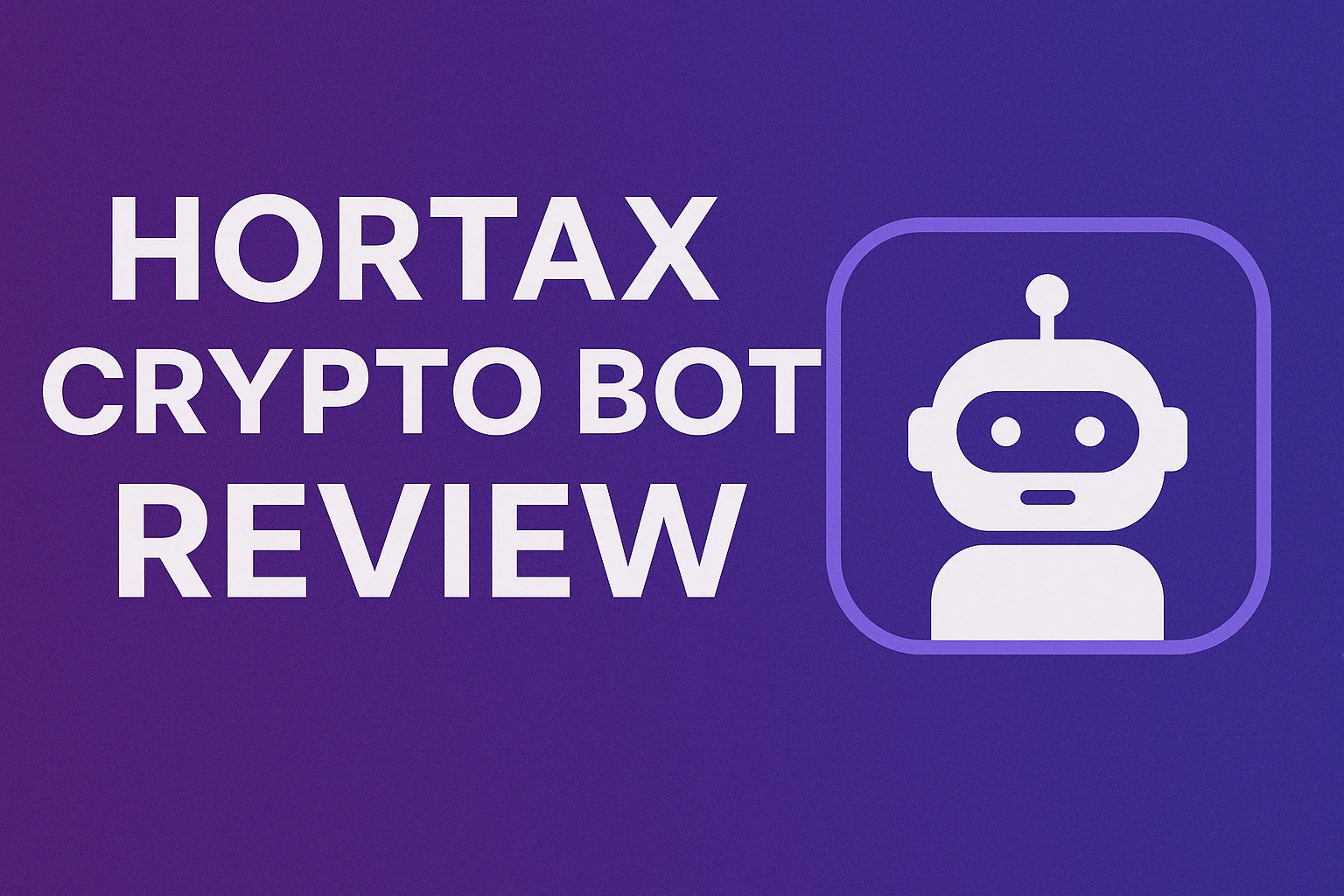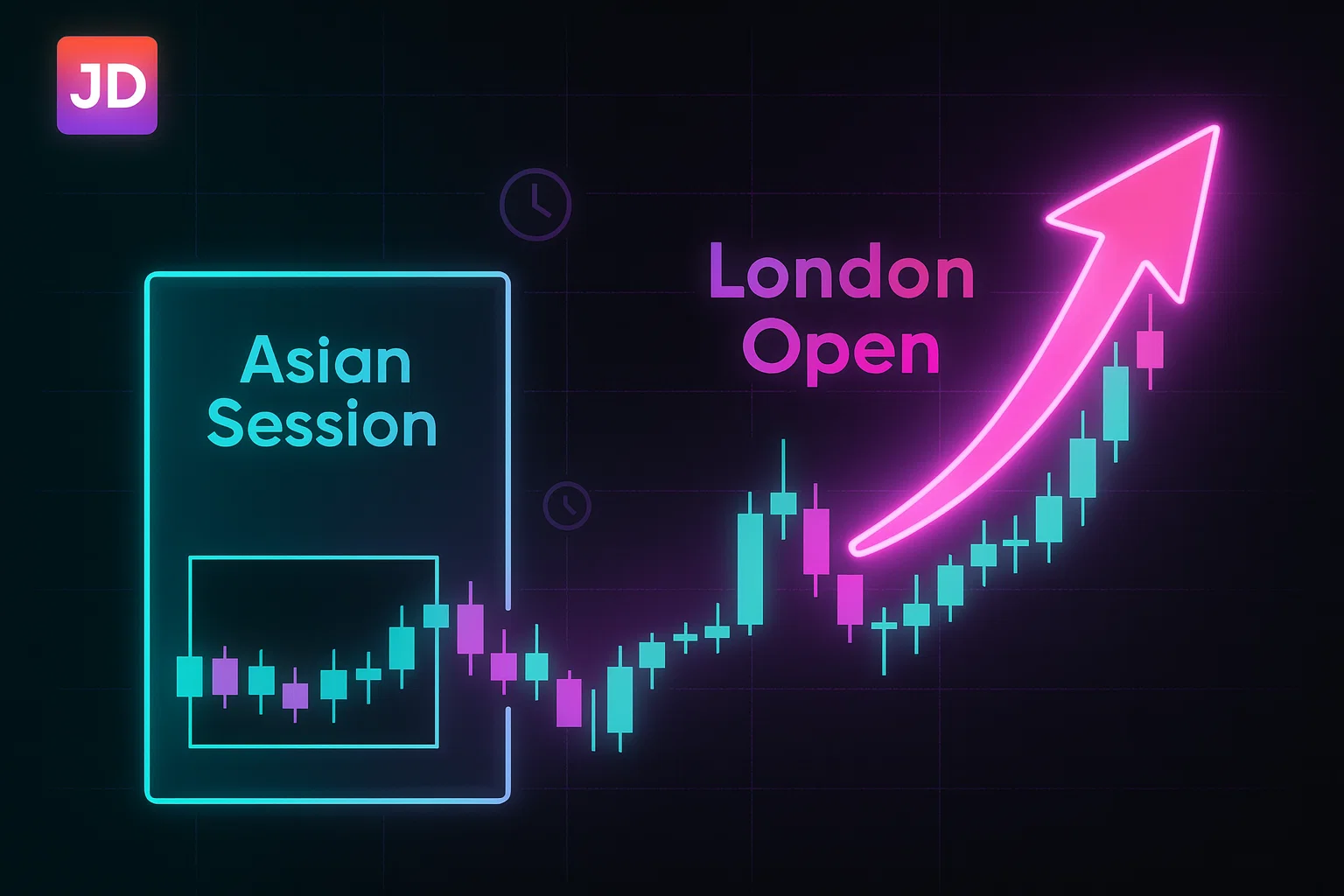Effective risk management is the single most important pillar of a sustainable trading career. It is the art and science of capital preservation, ensuring that no single trade or market downturn can lead to catastrophic loss.
While the core principles of risk management are universal, their application varies significantly between the established, liquid foreign exchange market and the highly volatile, nascent world of cryptocurrency. Understanding these differences and adapting one’s approach accordingly is crucial for any trader looking to operate successfully across both domains in 2025.
The structured approach of forex risk management
In the forex market, risk management is a well-defined discipline. It begins with strict position sizing, often adhering to the “1% rule,” where a trader risks no more than 1% of their account equity on any single trade. This is enforced through the precise placement of stop-loss orders, which automatically close a position once it reaches a predetermined level of loss. Leverage, while a powerful tool in forex, is also carefully managed to avoid overexposure.
The entire framework is built upon a foundation of statistical probability and a deep understanding of market structure. Traders spend years honing their strategies through disciplined chart analysis, using historical data to build a statistical edge. This methodical approach is a hallmark of professional trading, with entire courses of study dedicated to the nuances of Technical Analysis.
Volatility and existential risks in the crypto sphere
While all the principles of forex risk management apply to crypto, the digital asset market introduces additional layers of risk that require a modified approach. The first and most obvious is the sheer scale of volatility. It is not uncommon for a cryptocurrency to lose 20% or more of its value in a single day, a level of volatility that would be a historic event in a major forex pair. This means that stop-loss orders need to be placed with wider margins to avoid being triggered by normal market “noise.”
Beyond price volatility, crypto carries unique existential risks. “Rug pulls,” where project developers abandon a project and run away with investor funds, are a constant threat in the DeFi space. Smart contract exploits and hacks on decentralized protocols can result in a total loss of funds with no recourse. This necessitates a new layer of due diligence that goes beyond the charts, requiring a fundamental assessment of the project’s security audits, the transparency of the development team, and the sustainability of its tokenomics.
The amplified psychological battlefield
The extreme volatility and hype-driven nature of the crypto market create a psychological minefield. The potential for life-changing gains fuels an intense Fear of Missing Out (FOMO), while the sudden, sharp corrections can induce deep panic. These amplified emotional swings make it incredibly difficult to stick to a trading plan. Herding behavior, driven by social media influencers and online echo chambers, is rampant, often leading to massive speculative bubbles that are disconnected from any fundamental reality.
In this environment, mastering one’s own psychology is the most critical risk management skill of all. The ability to remain detached, to execute a plan without emotion, and to manage the fear and greed that cloud judgment is paramount. This mental fortitude is not an innate trait; it is a skill that must be cultivated through conscious practice and self-reflection, a journey detailed in educational resources on Trading Psychology and Risk Management.
The broker’s role as a secure foundation
In such a complex risk environment, the choice of brokerage becomes a key part of a trader’s risk management strategy. A reliable broker provides a secure and stable foundation upon which a strategy can be built.
This includes offering robust and reliable execution of stop-loss orders, providing a variety of secure funding methods, and maintaining a regulated environment that protects client funds. By offering a range of account types with different leverage settings, a broker can also provide the tools necessary for traders to tailor their risk exposure to the specific asset class they are trading, be it a stable forex major or a volatile new altcoin.
Adam Fent is a forex trader who has been involved in the markets since he was a teenager. He started out by day trading penny stocks, and eventually transitioned to Forex because of its liquidity and 24-hour nature.
He has been consistently profitable for the past several years, and is always looking to improve his trading skills. When he's not trading, he enjoys spending time with his wife and two young children.


